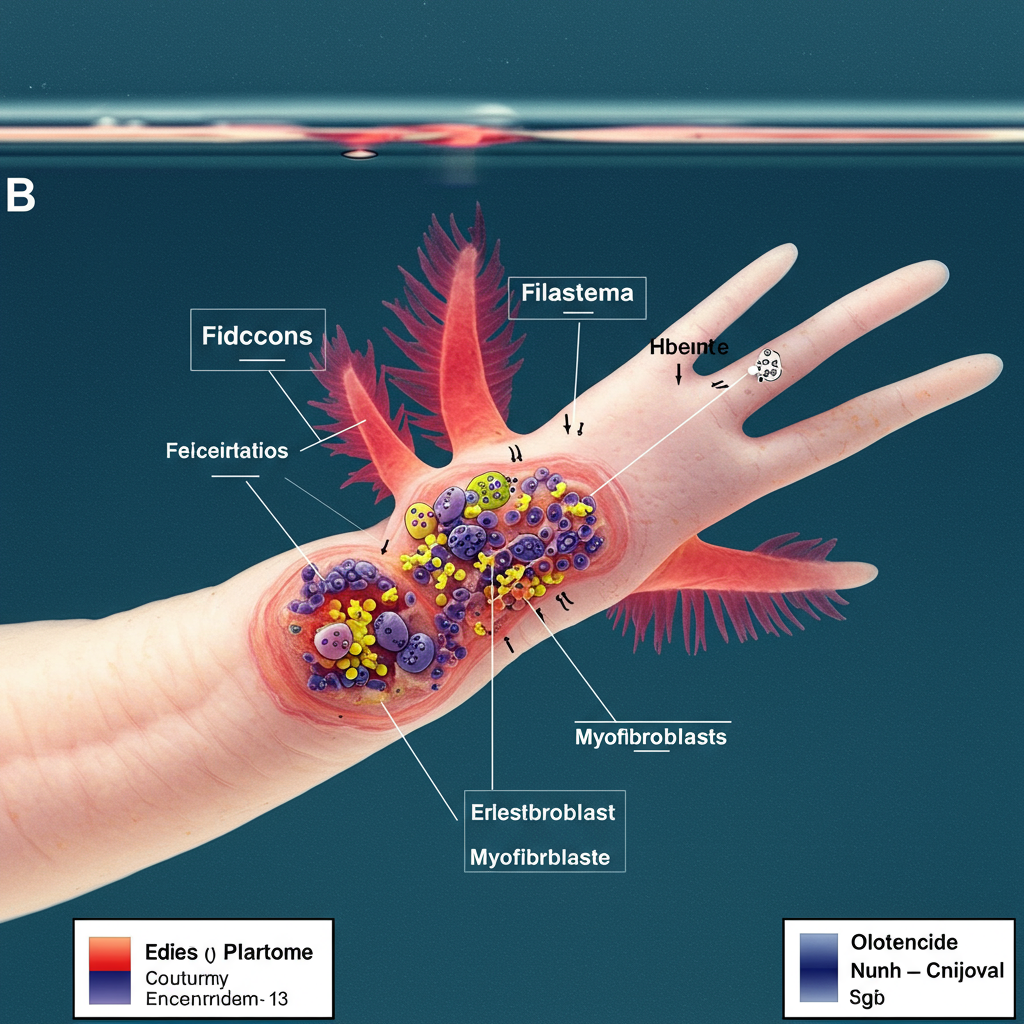space missions continue to push boundaries, sometimes resulting in unexpected outcomes. A recent mission by German aerospace startup The Exploration Company faced such a challenge. Their Nyx capsule, launched with a unique cargo including human remains and experimental cannabis, crashed into the Pacific Ocean after a parachute failure during reentry. This incident highlights the inherent risks of innovation in space while impacting families and a citizen science project.
The loss occurred despite the mission achieving several initial successes. The event underscores the delicate balance between ambitious space endeavors and the technical complexities involved in safely returning payloads to Earth. It serves as a poignant reminder of the challenges faced by private space companies and their partners like memorial spaceflight services.
“Mission Possible” Takes Flight
The mission, dubbed “Mission Possible,” launched from Vandenberg Space Force Base on June 23rd. The Nyx capsule rode atop a SpaceX Falcon 9 rocket as part of the Transporter-14 rideshare program. This flight marked a significant step for The Exploration Company (TEC), representing their first time carrying customer payloads into orbit. The cargo weighed approximately 300 kg (660 lbs).
Partnerships were key to this unique payload mix. Texas-based Celestis, a company specializing in memorial spaceflights, provided the ashes and DNA of more than 166 deceased individuals. Their service offers families a way to honor loved ones through space journeys. Alongside the human remains was a distinctly different cargo: cannabis plant matter and seeds.
A Unique Scientific Payload
The cannabis payload was contributed by Martian Grow, an open-source citizen science initiative. The project aimed to study the effects of microgravity on cannabis germination and resilience. Researchers hoped the experiment would offer valuable insights into plant adaptation in off-world environments, potentially informing future efforts to grow crops on places like Mars.
This combination of payloads – deeply personal memorial items and speculative scientific experiments – reflects the increasingly diverse nature of access to space. As commercial launch costs decrease, the types of payloads sent to orbit continue to expand, moving beyond traditional satellites and scientific instruments.
The Flight Path and Reentry Failure
Following a successful launch and separation from the Falcon 9, the Nyx capsule achieved orbit. The spacecraft completed its planned orbital operations, powering its payloads as intended. According to The Exploration Company, the capsule also successfully stabilized itself after separating from the rocket’s upper stage.
The mission then proceeded to the critical reentry phase. The Nyx capsule initiated its controlled descent back towards Earth’s atmosphere. Communication with the capsule was temporarily lost during the expected reentry blackout period, a normal part of atmospheric entry. TEC reported that communication was successfully re-established after the blackout.
However, the situation quickly deteriorated. Just minutes before the scheduled splashdown in the Pacific Ocean, communication was lost again. Subsequent investigation revealed that the capsule’s landing parachutes failed to deploy. Without this crucial system, the Nyx capsule impacted the ocean at high speed.
Cargo Lost at Sea
The impact resulted in the loss of the entire cargo. The human remains and DNA entrusted to Celestis, as well as the Martian Grow cannabis payload, are now unrecoverable at the bottom of the Pacific. Both The Exploration Company and Celestis confirmed the unlikelihood of recovering any materials from the crash site.
The Exploration Company acknowledged the outcome in a statement, describing it as a “partial success (partial failure).” They highlighted the milestones achieved – successful launch, orbital operations, stabilization, and post-blackout communication. However, they plainly stated the issue encountered shortly before splashdown. TEC is conducting a thorough investigation into the root cause of the parachute failure.
Celestis released its own statement, expressing condolences to the families affected. They acknowledged the profound personal meaning of the service and the disappointment caused by the technical failure. The company is contacting each family individually to offer support and discuss potential next steps. While the physical capsules are lost, Celestis suggested families might find peace in knowing their loved ones embarked on a historic journey into space, orbited Earth, and now rest in the vastness of the Pacific, likening it to an honored sea scattering.
Context of Challenges and Future Ambitions
This incident is not the first setback for either company in the ambitious world of space endeavors. Celestis previously lost a payload in 2023 when a rocket carrying remains, including those of former NASA astronaut Philip K. Chapman, exploded over New Mexico. For The Exploration Company, this followed their July 2024 “Mission Bikini,” where a smaller reentry capsule remained in orbit due to an upper stage failure on an Ariane 6 rocket.
These events underscore the inherent risks associated with spaceflight development and operations, particularly for newer companies pushing technical boundaries rapidly. Developing reliable reentry systems is a significant engineering challenge.
Despite the failure, The Exploration Company remains focused on its long-term goals for the Nyx capsule. They intend for future versions to provide cargo transport services to Low Earth Orbit (LEO), including potential destinations like the International Space Station (ISS) and its planned successors. A demonstration flight to the ISS is tentatively planned for 2028, pending support from the European Space Agency (ESA).
TEC has stated its commitment to learning from the “Mission Possible” failure. The ongoing investigation will provide critical data to inform future design improvements and operational procedures. The company plans to “re-fly as soon as possible,” leveraging the technical knowledge gained from this mission, even in its partial success.
The Blending of Commercial Space and Unique Payloads
The Nyx mission crash highlights a fascinating intersection of technology, commerce, memorial services, and citizen science. Private companies are opening access to space for purposes far beyond traditional government or large-scale commercial ventures. This expands possibilities but also brings unique challenges when highly sensitive or unusual payloads are involved.
The public reaction to a mission carrying both human remains and cannabis, lost due to a technical failure, reflects the evolving nature of space activities. It prompts questions about the future of commercial spaceflight, the ethics of space burials, and the potential for unique scientific research in orbit. The ambition of TEC and Celestis to continue despite setbacks shows their dedication to these emerging markets.
The technical investigation into the parachute failure is crucial for the development of reliable reentry systems. Every mission, successful or not, provides valuable data that helps mature space technology. While a tragic outcome for the families involved and the Martian Grow project, the lessons learned from the Nyx capsule’s dramatic ocean crash will undoubtedly contribute to future safety and success in commercial space exploration.
Frequently Asked Questions
What happened to The Exploration Company’s Nyx space capsule?
The Nyx space capsule, launched on June 23rd, successfully reached orbit carrying human remains and cannabis. During its controlled reentry attempt into Earth’s atmosphere on June 24th, the capsule experienced a failure with its landing parachutes. This critical malfunction caused the capsule to crash into the Pacific Ocean instead of performing a soft splashdown.
Which companies were involved in the failed space mission?
The primary company operating the mission and the Nyx capsule was The Exploration Company (TEC), a German aerospace startup. The mission also involved Celestis, a Texas-based memorial spaceflight company that provided the human remains and DNA payload. Additionally, the citizen science project Martian Grow contributed the cannabis plant matter and seeds carried aboard the capsule.
What was the purpose of sending cannabis into space on this mission?
The cannabis payload, provided by the Martian Grow project, was part of a scientific experiment. The goal was to study the effects of microgravity and the space environment on cannabis germination and resilience. Researchers hoped these studies could provide insights into how plants might adapt and grow in off-world conditions, like those on Mars, potentially supporting future long-duration space missions or colonization efforts.



